What does it mean to have an eye for photography? Is it something you are born with, or can you can learn? Besides taking pictures, our photographic eye lets us recognize situations, composition, subjects and then puts together all these elements in a frame that makes a great picture.
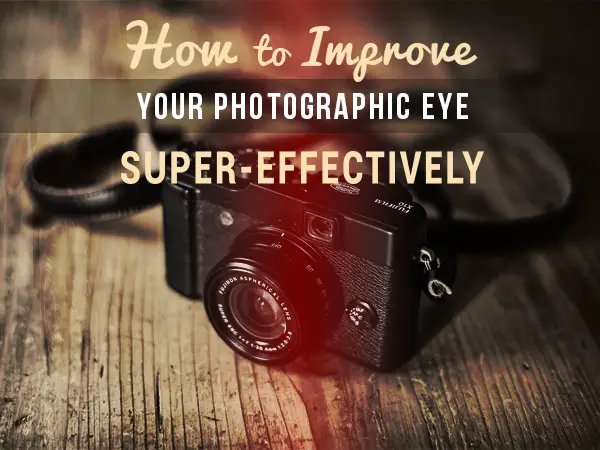
Taking good pictures is not always easy, as there is a lot of practice required, so we can achieve both the technical aspects and the composition. Another key to taking good pictures is our way of “seeing” or our “vision.” Sometimes, we can envision what would make a great picture, while, other times, we have to take several shots to figure it out.
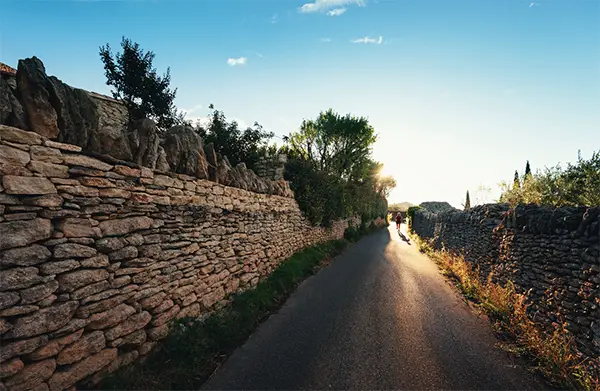
Developing Your Photographic Eye
The good news is that you can train your vision and better your potential as a photographer by doing some exercises and purposely choosing the best aspects that make a great picture.
This, at the end, will be your own path, your own instincts and inspiration, but in this article, we will help you think of some aspects to keep in mind.
What Makes a Good Picture?
Certain photographs are undoubtedly good images. They go around the world and are shared many times, but why is that? It’s not only the technical aspects, the sharpness or the quality of the lens that make a good picture. A good photo is not only greatly composed by the photography, but it has an intention, a story that is unique, where the image and what they are representing are almost poetic.
What makes a good picture or a great picture might be very subjective, but the essentials are the same.
To start learning what makes a good picture, we can start by looking at photography books or galleries online and finding what we think is a good picture. After looking through a few, we can quickly recognize how the composition draws us into the photos, how well it’s lit, and how you immediately know what to look for. Even what story it’s telling is useful.
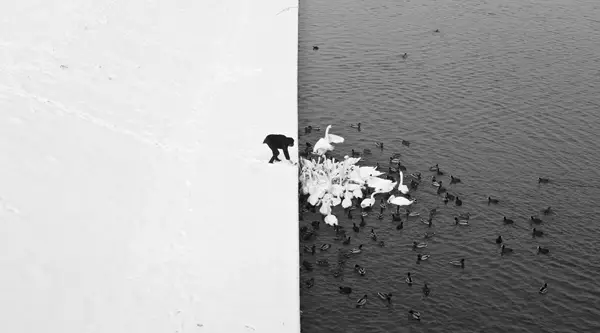
The Light
Our photo must be well-composed, but, most importantly, well-lit. You need to get an eye for what good lighting is. How does it fall in your subject and in your scene? Pay attention to how soft or hard it is.
A good photographer can recognize in advance if backlighting will benefit or affect his photo. He knows before “taking it” how it will look because he recognizes the variables that the camera is sensing.
Also, a good photographer can interpret in camera, as closely as he can, what he says with his eyes.
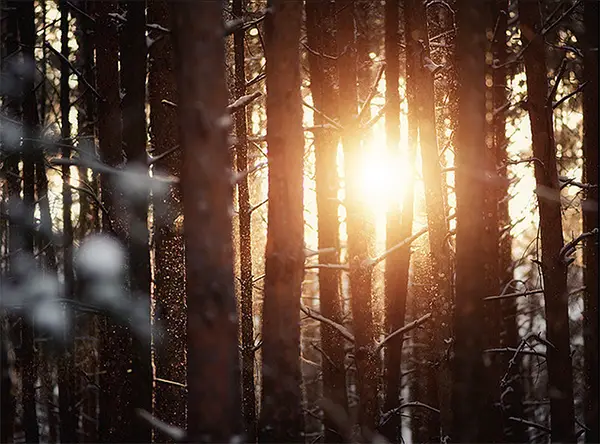
Composition
One of the most important aspects in photography and any kind of art is composition. Composition refers to how the elements are arranged visually in a frame. Study the rules of the composition, and make the point to apply them in everyday shooting.
Think about your intentions to place the subject to the left, to the right or wherever you are placing it.
The angle and perspective you choose are also very important as they help to tell the story and to get the light we want. Are you taking the picture at “eye level?” Does it help if you get closer to the ground? Think what the best perspective is to take your image, and don’t be afraid to take more than one!
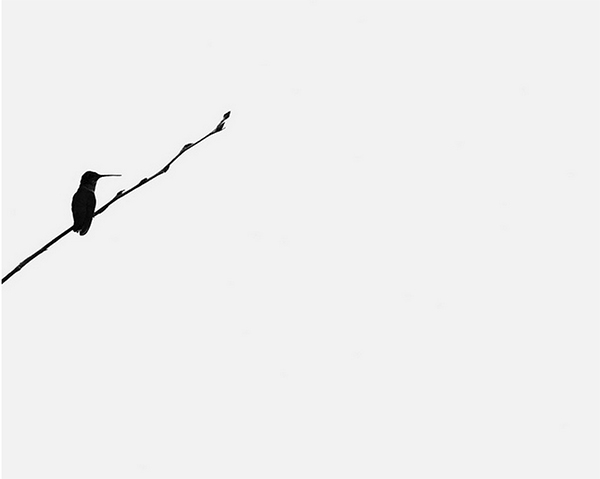
The Subject
What are you including in the scene? Do you want to include the background ? Sometimes the background can be distracting. Sometimes minimalism works better for certain scenes and subjects, so you can try this as well.
Find a focus and a purpose for your picture: If it is one subject in particular, try to exclude distracting elements from the background. If it is a big building and the geometrical lines called your attention, make sure your subject is explicit.
Noticing the background is a great tip when thinking about your subject. Make sure you force yourself to start noticing absolutely everything that’s included in the frame.
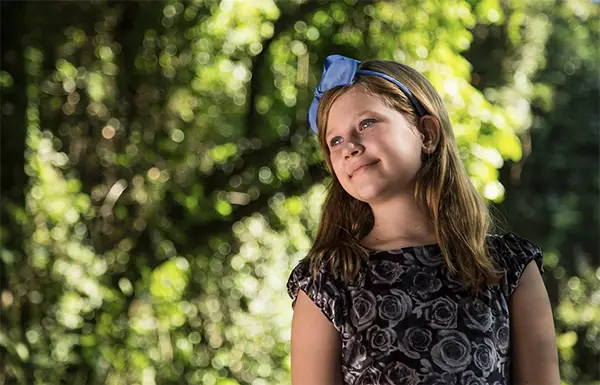
Color
You can learn to take advantage of color or the absence of it by noticing how it affects a photo. The impact of the colors will directly influence the ambiance of the photo. Define what visual impact you want to create and what contrast you want to photograph:
– More pastel or more saturated, contrasted colors.
– A warmer or a colder scene
– Intense colors or grayer tones, even black and white.
Light helps to determine the color and the contrast; as it changes, it affects the color’s brightness, so we need to have light in mind first. We also tend to relate colors to emotions, so try to define the message to the elements you are portraying. For example, if a nature shot should be telling a “happy” message, or if it has a different and more abstract purpose, then adjust accordingly.
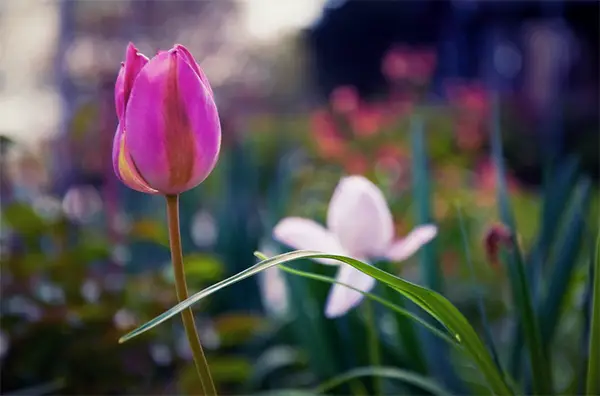
Exercise
A really good, eye-training exercise is to go for a photo walk. Grab your camera and one lens, and take a walk in the street or in the woods. Then stop randomly, observe the details that grab your attention, and ask yourself questions like these before taking a picture.
– What elements do you want to portray?
– What part of the surroundings do you want to include?
– How are you going to compose the picture?
– Do you like the light?
– What’s the best angle?
– Is it best in color or black and white?
– How can I better portray this image to others?
Find Inspiration or Train It.
Either you are inspired or not, but training your photographic eye will let you shoot for the winner even if you are not feeling immensely inspired. A good photographic eye will let you get good pictures even if you are working with the cheapest camera or a cell phone camera.
Go out there and try it for yourself!









0 comments